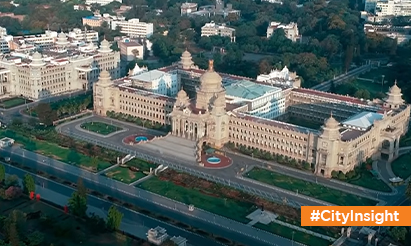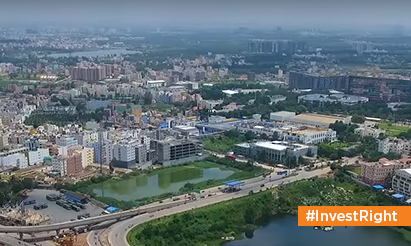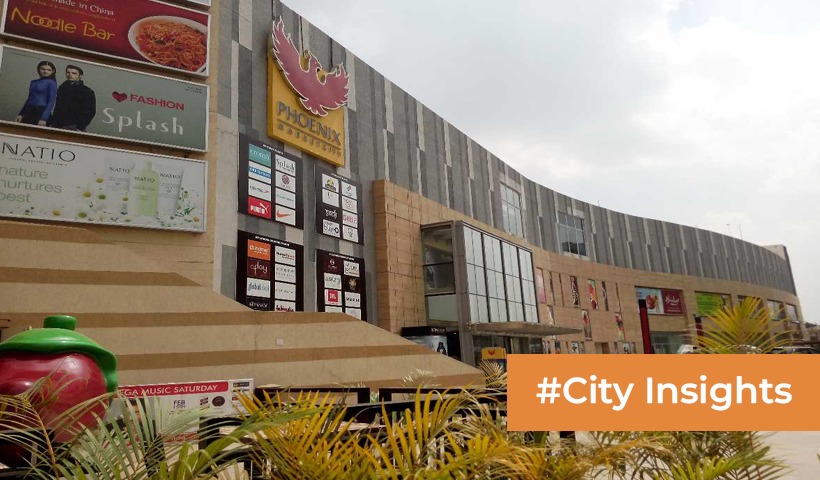Everything you need to know about Bangalore’s master plan
The master plan for Bengaluru has been withdrawn, and the BDA is working on a new plan. Here’s everything you need to know about Bangalore Master Plan 2031.
Bengaluru is one of India’s fastest-growing cities and a worldwide IT hotspot, attracting individuals from all over the world. As a result, there is an ongoing demand for improved infrastructure. However, the regulation document that was intended to regulate urban growth, the Bangalore Master Plan 2031, is currently waiting with the Bengaluru Development Authority (BDA). The draught was made public in 2017 and was recently amended to reflect public feedback. However, in July 2020, the BDA withdrew the draught and planned to revise it in order to incorporate expert recommendations. Now, the Authority is looking for new ideas from the public in order to develop a Revised Master Plan (RMP) 2031 for the city.
Key highlights of the BDA master plan 2031
- In May 2019, the Bangalore Metro Rail Corporation Limited (BMRCL) issued a transit-oriented development (TOD) strategy that contradicted the Draft Master Plan 2031. The new master plan will follow a TOD strategy, which entails dense, mixed-use development along transportation routes such as bus hubs and suburban rail lines.
- If and when the TOD policy is included into Bengaluru’s master plan, it will have an influence on the city’s zoning rules, particularly along the metro routes. There will be ‘Impact Zones,’ where high density, mixed-use projects will be located within five to ten minutes of public transportation lines.
- There is a possibility that the premium floor area ratio (FAR) in the Bengaluru Master Plan 2031 would be set to five, allowing for the development of towering commercial and mixed-use complexes along transport routes.
- There is continuing controversy about whether the elevated corridor projects will be within the new master plan, as a result of public outrage about acquiring land for the projects.
- Commercialization will be discouraged in areas bordered by the Outer Ring Road (Zone A). Infrastructure in locations outside the ORR is expected to be improved (Zone B). Zone C will be upgraded further to increase farmers’ economic returns. This was one of the key ideas in the Draft Master Plan 2031, which is likely to be cancelled since other planning authorities prefer infrastructure enhancements in core regions rather than spreading it beyond city borders.
The public raised a variety of concerns, the most common of which are as follows:
- Residential, business, and agricultural zones are delineated. Property owners all throughout the city were outraged.
- Private property was fiercely opposed to being included in its 12 historic zones.
- The NGT regulation of buffer zones around lakes was criticised as being overly strict.
- Property owners requested a higher FAR, which would have provided them with additional construction area.
No public comments or recommendations were incorporated in the updated draught, and the BDA provided no explanation as to why they were rejected.
The draught did not assess the prior master plan or investigate why portions of RMP 2015 were not executed.
In February 2014, the idea of drafting a new strategy was raised. In April 2015, a consultant for the master plan was chosen. In January 2017, a public consultation was held. In October of 2017, public meetings were held. In November 2017, the final updated master plan was submitted. Approval of the proposed master plan on a provisional basis
November 2017 through January 2018.
Over 14,000 protests were received.
January of 2019.
The revised master plan was submitted to the Urban Development Department for approval in May 2019. In July 2020, the BMRCL released its TOD policy.
The Urban Development Department requests that the BDA remove the proposed master plan 2031.
Timeline for Bangalore master plan 2031
| Date | Event |
| May 2012 | The idea of creating a new plan was proposed. |
| February 2014 | The master plan consultant has been chosen. |
| April 2015 | A public consultation was undertaken. |
| January 2017 | Public meetings were conducted |
| October 2017 | The final updated master plan was presented. |
| November 2017 | Provisional approval of draft master plan |
| November 2017 -January 2018 | Over 14,000 objections were received |
| January 2019 | Revised master plan sent to the Urban Development Department for approval |
| May 2019 | BMRCL comes out with TOD policy |
| July 2020 | The Urban Development Department asks BDA to withdraw draft master plan 2031. |
Disclaimer: The views expressed above are for informational purposes only based on industry reports and related news stories. PropertyPistol does not guarantee the accuracy, completeness, or reliability of the information and shall not be held responsible for any action taken based on the published information.



